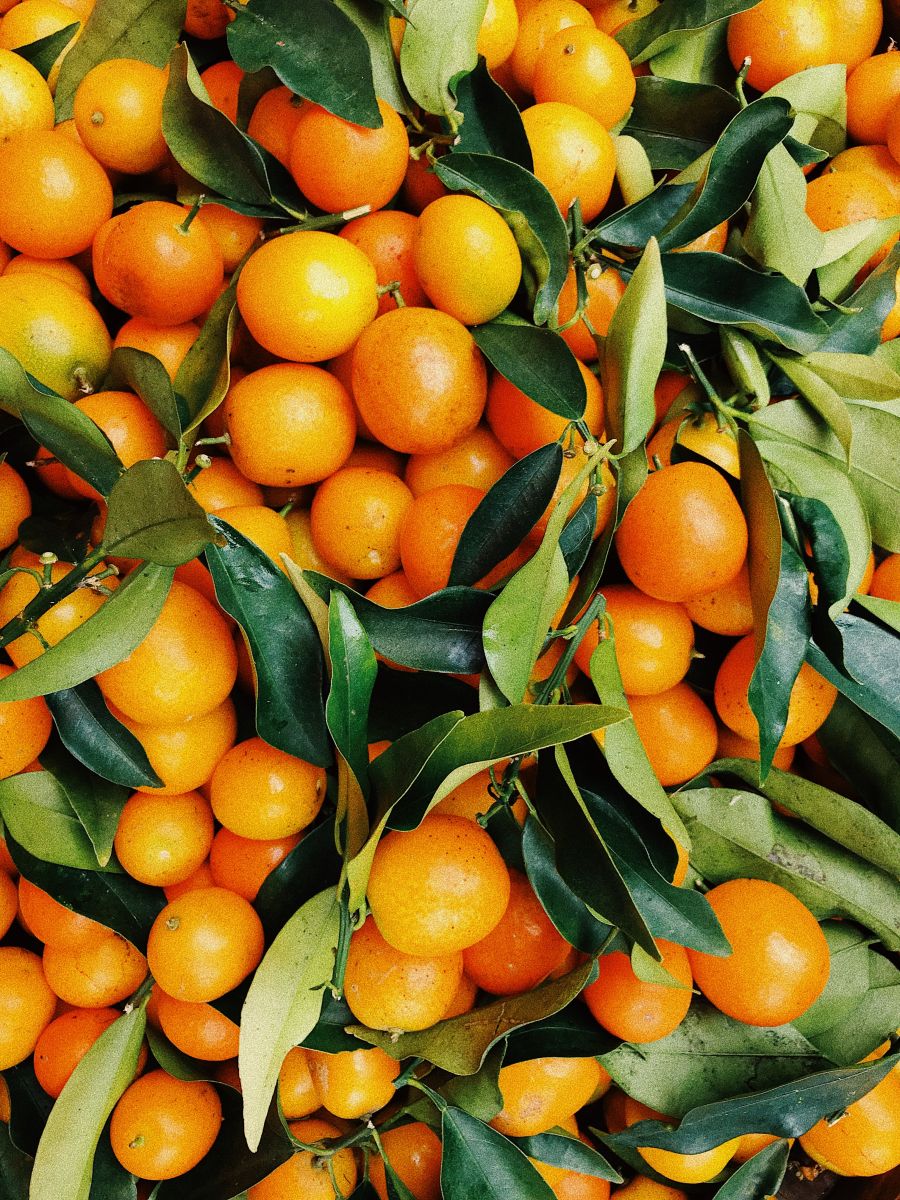Lately, we've been focusing on ways we can all help to reduce our carbon footprint. These past few weeks, due to the shelter in place mandates, we’ve all automatically reduced our footprint by driving, flying and buying less. As we stay home more and cook more at home, we can use this as an opportunity to be more mindful of the food we consume. Below we've compiled a few tips to help. Because eating smarter can make a big difference when it comes to our health and the health of the planet.
.jpg)
REDUCE FOOD WASTE
- In the United States, food waste is estimated at between 30-40%. Being realistic about how much food your family really needs, learning better food storage techniques and meal planning can help reduce your household’s food waste. For a more detailed list of ways you can reduce food waste, check out our blog post from last fall.

EAT MORE PLANTS
- The carbon footprint of a vegetarian diet is about half that of a meat-lover’s. That’s because meat, cheese and eggs have a higher carbon footprint compared with fruits, vegetables, beans and nuts. Livestock farming accounts for 20-50% of all man-made greenhouse gas emissions. Did you know that eating one 8-oz steak produces as much greenhouse gas as driving 14 miles or that that the world’s cows eat enough food to feed 9 billion people? Eating plant based meals, even a few times per week, can help lower your footprint.

AVOID PROCESSED FOODS
- The energy, resources and packaging involved in creating processed foods also contributes to our carbon footprint. Once you're done with your pacakged food, it never truly goes away. Most food packaging is very hard to recycle, if at all. By choosing fruits and vegetables over chips and chocolate, you can improve your health and reduce emissions at the same time. If you just can't get by without that bag of chips (we understand!) look into food packaging recycling programs like this one to make sure your trash gets to the right place.
Cooking at home can be delicious and fun, even if it's out of necessity. So let's make the most of it by creating mindful food practices during this time that will hopefully carry over into the future. For more information on how to calculate your personal carbon footprint visit The Nature Conservancy at nature.org.
« Back to Blog Posts

